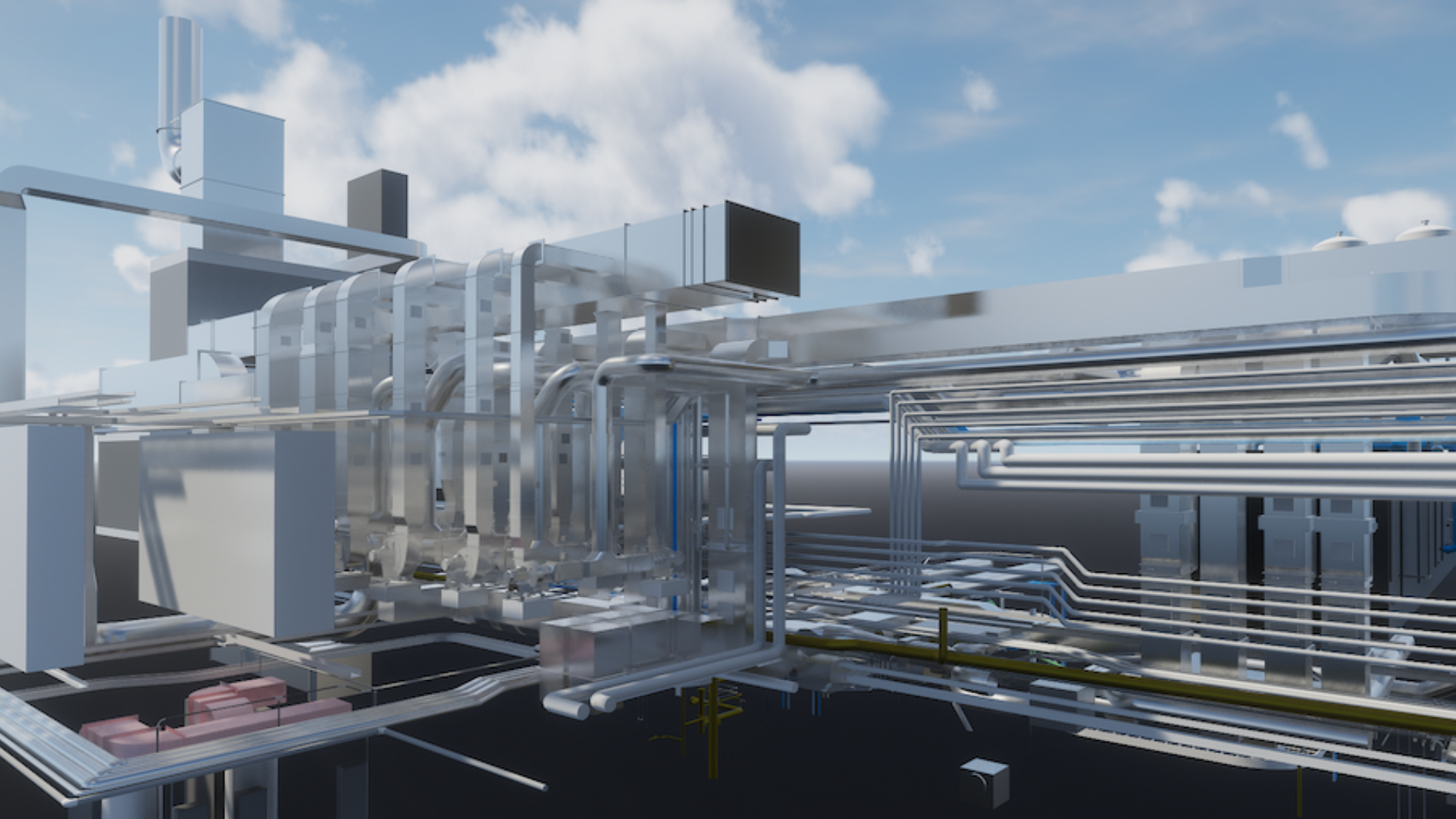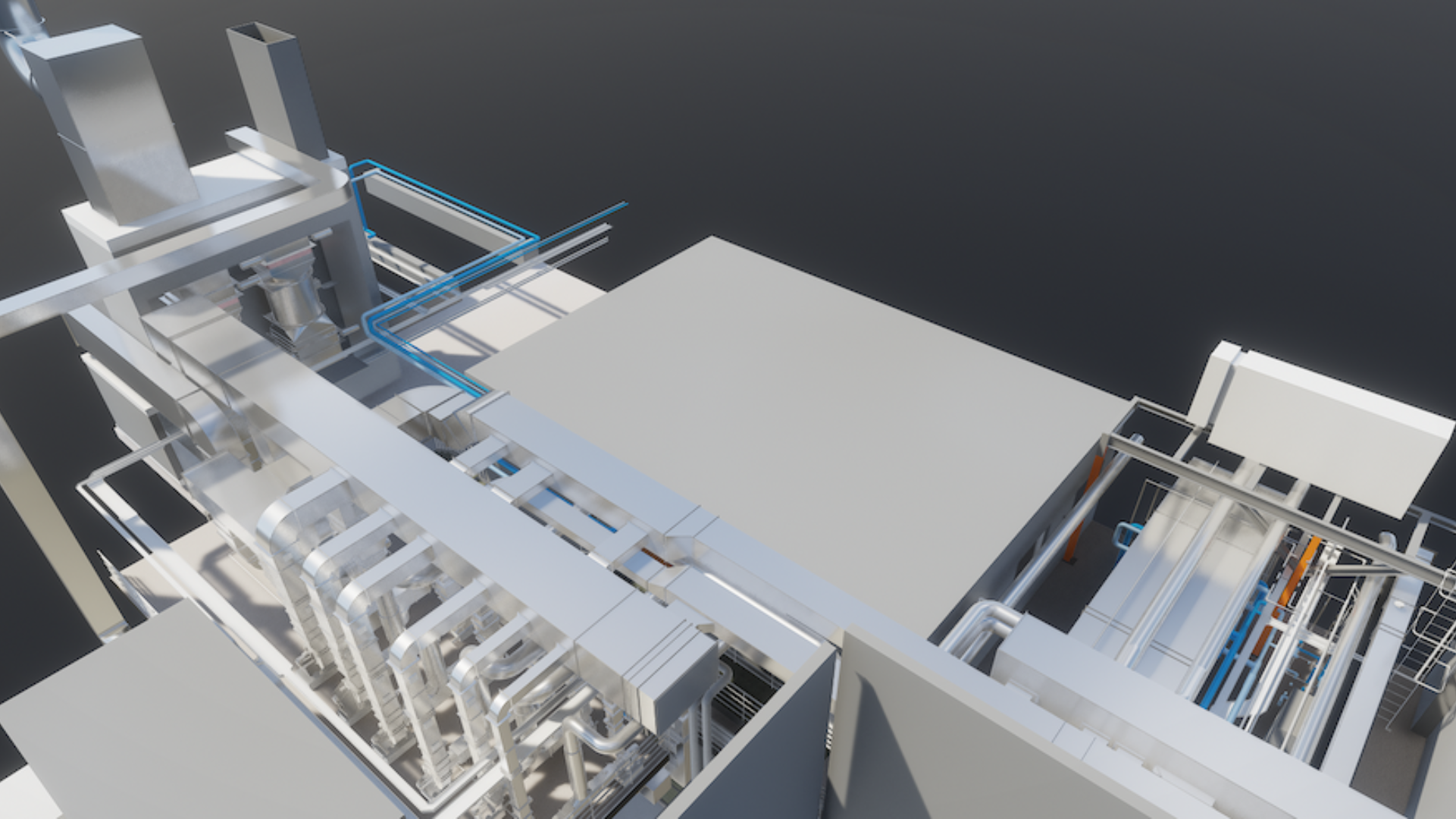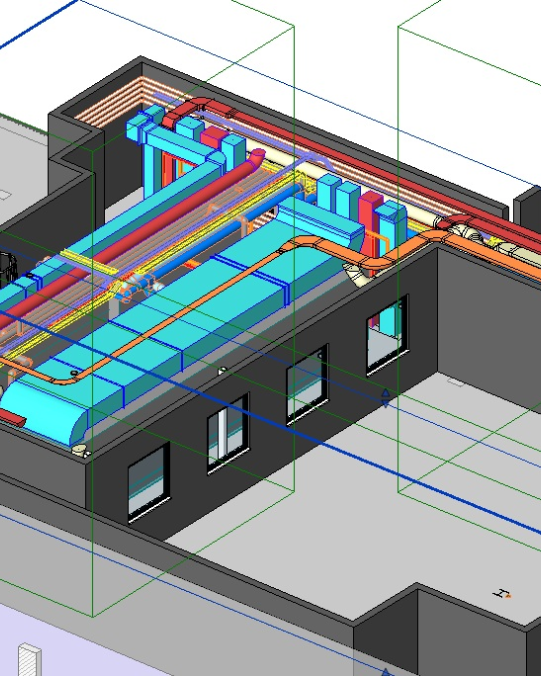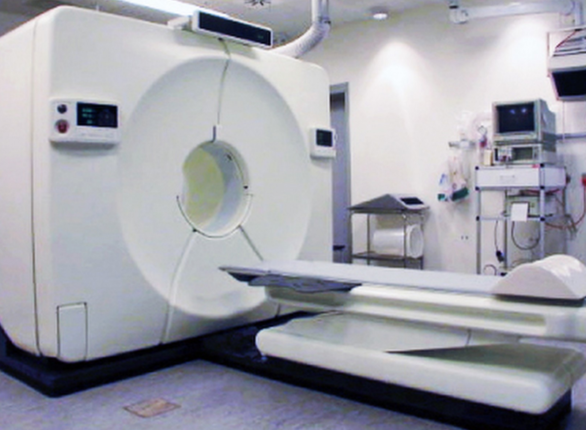<script type="text/javascript"> _linkedin_partner_id = "6415570"; window._linkedin_data_partner_ids = window._linkedin_data_partner_ids || []; window._linkedin_data_partner_ids.push(_linkedin_partner_id); </script><script type="text/javascript"> (function(l) { if (!l){window.lintrk = function(a,b){window.lintrk.q.push([a,b])}; window.lintrk.q=[]} var s = document.getElementsByTagName("script")[0]; var b = document.createElement("script"); b.type = "text/javascript";b.async = true; b.src = "https://snap.licdn.com/li.lms-analytics/insight.min.js"; s.parentNode.insertBefore(b, s);})(window.lintrk); </script> <noscript> <img height="1" width="1" style="display:none;" alt="" src="
×
Opened in 2016, The PET at St Thomas’ Hospital includes two PET-CT scanners and a new PET-MR scanner, the second of its kind in the UK to date.
The PET (Positron Emission Tomography) is an imaging technique that produces a three-dimensional image of functional processes in the body. Combining PET with CT (Computed Tomography) or MRI (Magnetic Resonance Imaging) allows for hybrid imaging, which is increasingly being used particularly with cancer patients.
This project comprised of the full mechanical, electrical and plumbing works to the new PET Centre Facility including medical gases and a new nuclear grade ductwork installation.
Jointly funded by King’s College London, Guy’s and St Thomas’ Trust and the Guy’s and St Thomas’ Charity the PET Centre Redevelopment Project was undertaken to revolutionise PET Imaging facilities at St. Thomas’ Hospital. Phase Two involved the construction works associated with the installation of a second cyclotron acceleration plant, hot cells and associated equipment capable of producing a range of imaging tracers to enable enhanced diagnostic care and improved research capability. The facility is based in the space vacated by the original PET facility on the lower ground floor of the hospital.



